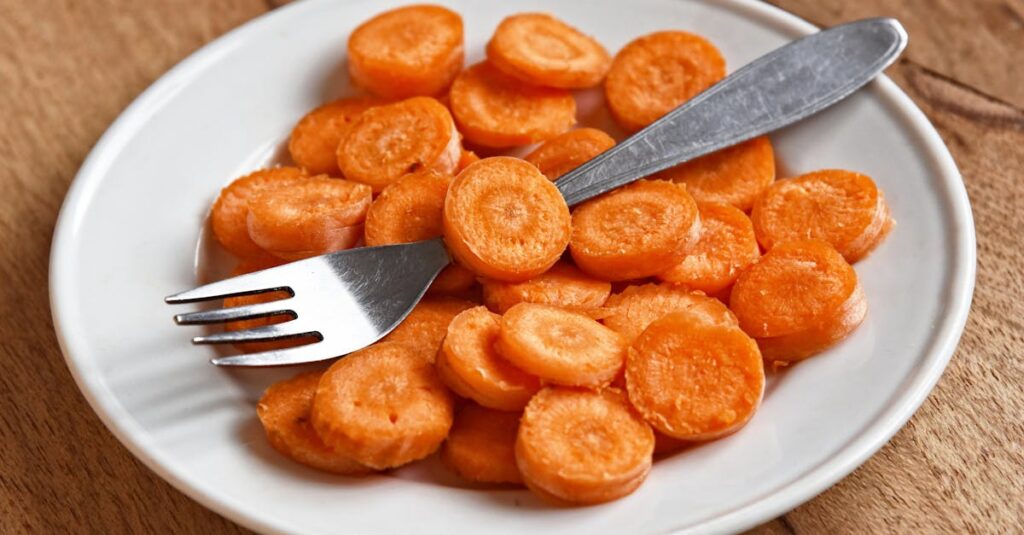Understanding Nutritional Needs
Toddlers are growing fast and they need the right nutrients to support their development. It all starts with the basics:
- Protein for growth
- Carbohydrates for energy
- Fats for brain development
- Vitamins and minerals
It’s important to remember that their tiny tummies can’t handle huge meals. Therefore, smaller portions with nutrient-dense foods are key.
Understanding the nutritional needs of toddlers is crucial for their healthy growth and development.
Creating a Meal Plan
Once you know what nutrients are necessary, create a simple meal plan. Start with breakfast: think oatmeal with fruit. For lunch, a veggie-loaded sandwich works wonders. Dinner can be grilled chicken with mashed potatoes. Don’t stress! Balance is more important than perfection. Keep adjusting as they grow.
Incorporating Variety and Color
Kids eat with their eyes first. Make meals vibrant and fun! Include different colored fruits and veggies. A rainbow plate—not just a nutrition goldmine but also a visual treat. Spinach, carrots, blueberries—mix and match for both flavor and health. Variety makes eating more interesting.
Handling Picky Eaters
Got a picky eater? You are not alone! Toddlers can be finicky, and that’s okay. Introduce new foods slowly and mix them with favorites. Keep calm and try not to force it. Celebrate little wins, like when they finally eat a new veggie without fuss. Patience is key.
Practical Snack Ideas
Snacks are lifesavers! Opt for healthy options that appeal to tiny taste buds. Think apple slices with peanut butter, or carrot sticks with hummus. These are quick, easy to prepare, and packed with nutrients. Keep them handy for mid-morning or afternoon hunger pangs.
Navigating Emotional Challenges
Feeding toddlers can be an emotional rollercoaster. One day they love broccoli; the next, it’s public enemy number one. Don’t fret! Keep communication open and positive. Involve them in meal choices to reduce power struggles. Remember, tomorrow is another day.
Interactive and Fun Eating Tips
Make eating fun! Use cookie cutters for sandwiches, create food faces, or tell stories about where veggies come from. Let them help in the kitchen – it makes them more likely to eat what they’ve helped to make. Turn mealtime into a playful, educational experience.

